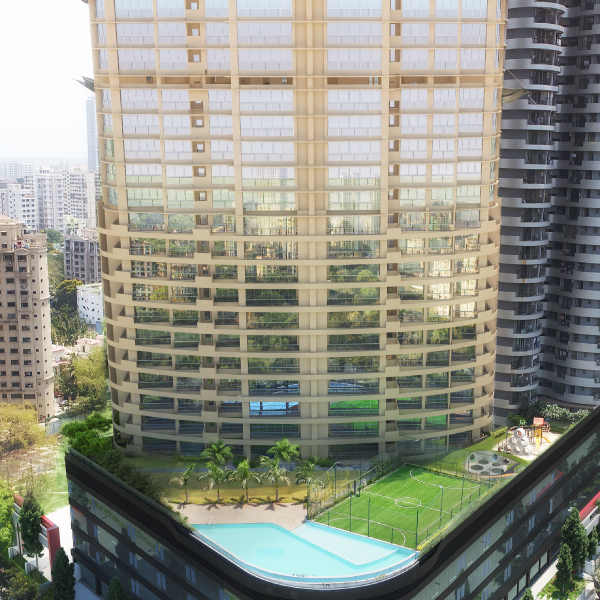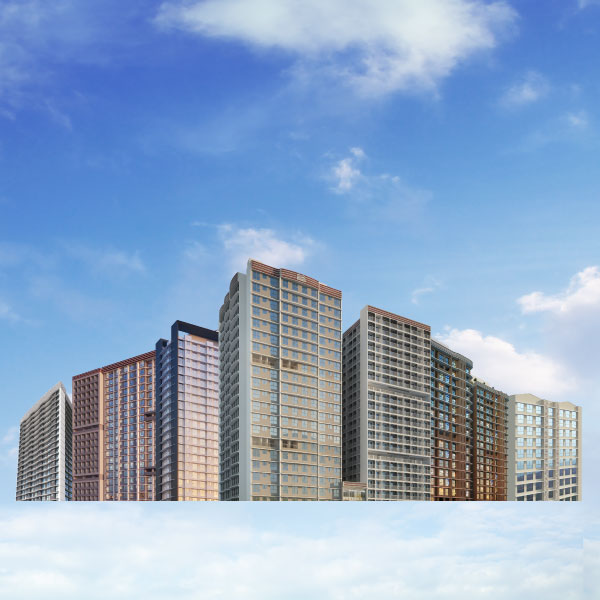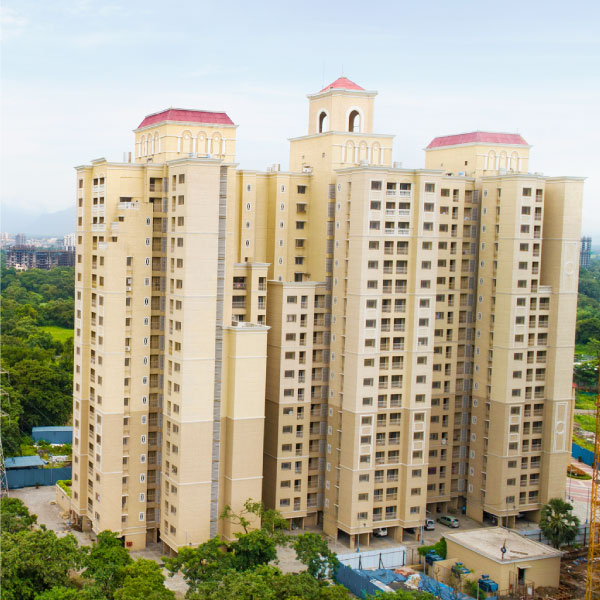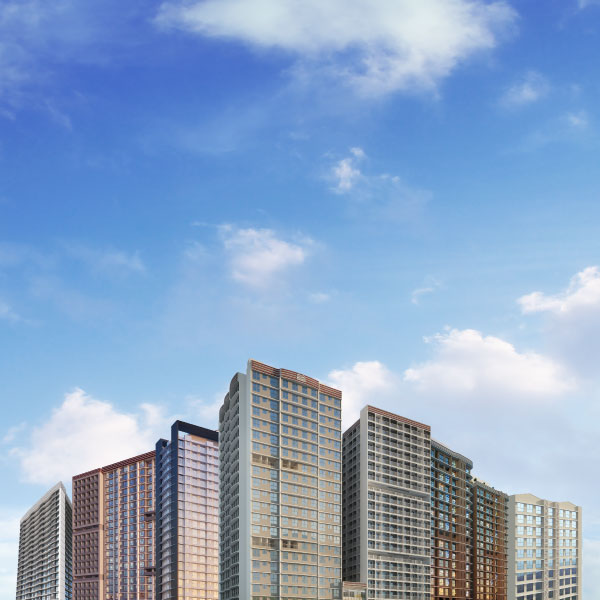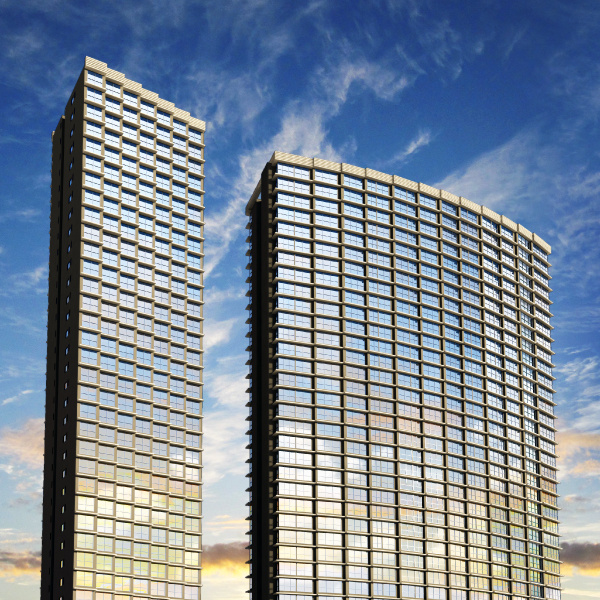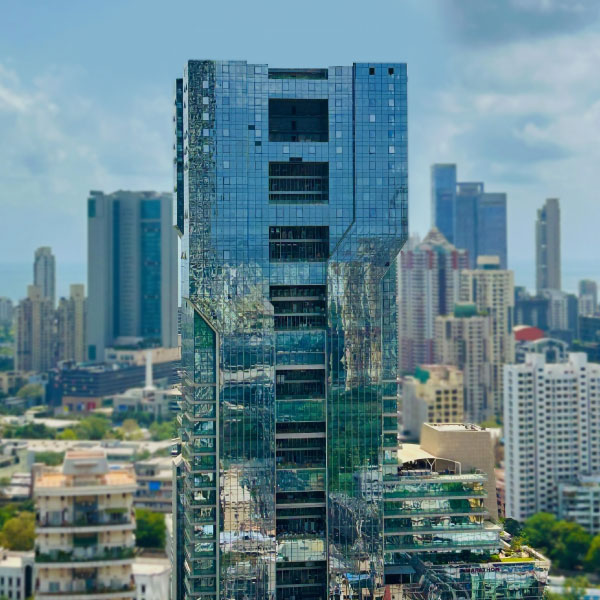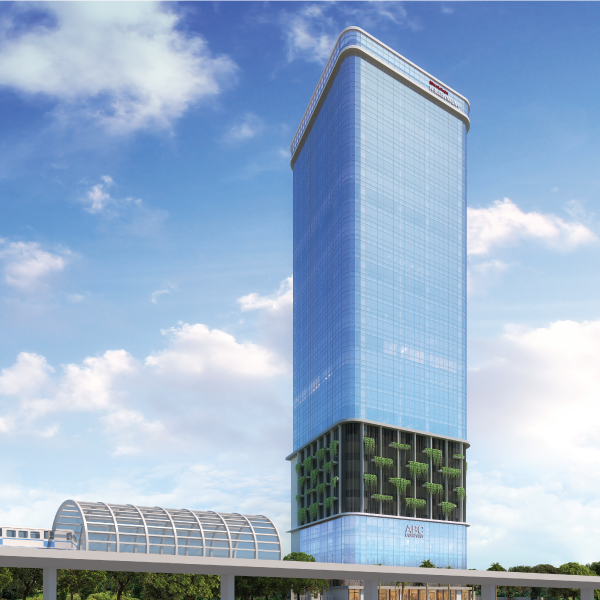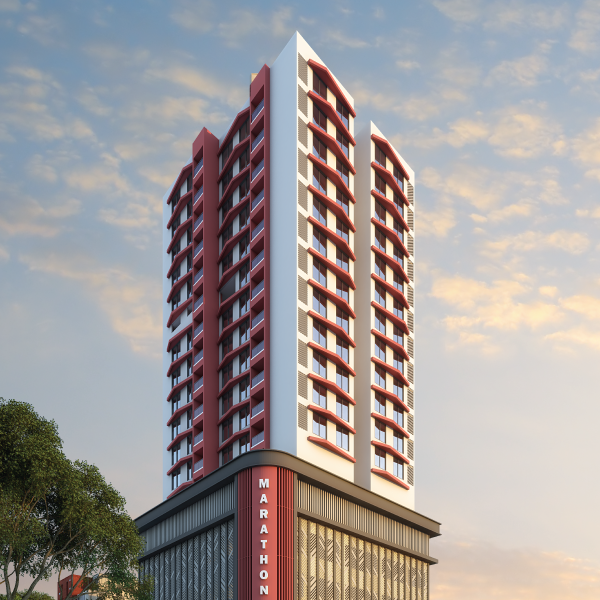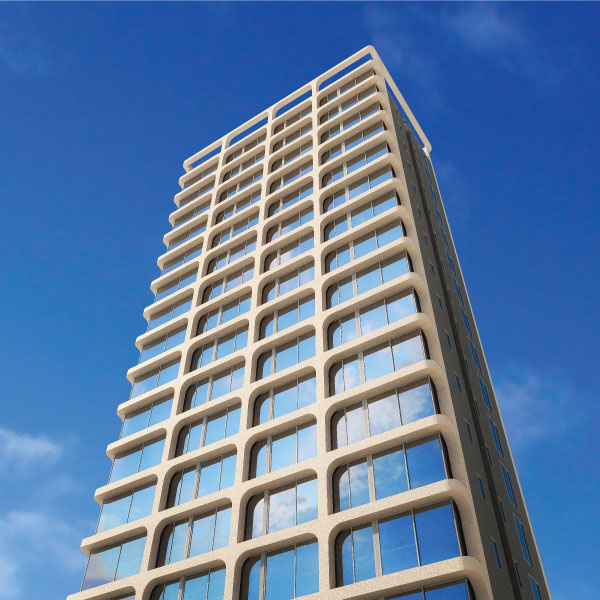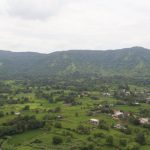History in the by-lanes of Byculla
Last Updated on, November 7th, 2022
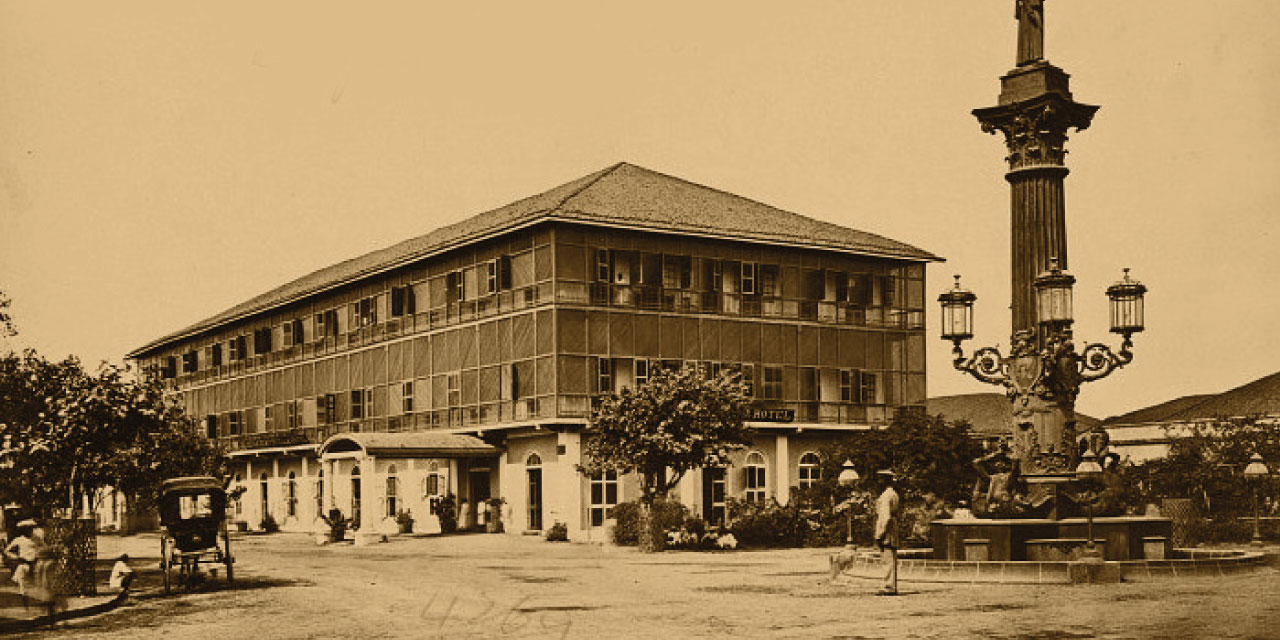
Back in the 18th century, the city of Bombay (now Mumbai) was a cluster of seven islands, and Byculla was an extension of Mazgaon – one of those seven islands. At that time, all of the Byculla area was a low lying swamp that got submerged every time there was a high tide. In the year 1784, a project (Hornby Vellard) was undertaken that joined all seven islands of Mumbai into a single island. This was followed by the construction of a causeway known as the Bellasis Road in 1793, and it made the land of Byculla available for building. Soon, affluent Europeans from Mazgaon started moving westwards into Byculla, and started transforming it into a rich and wealthy locality. This also gave rise to some of the earliest and most famous landmarks there.
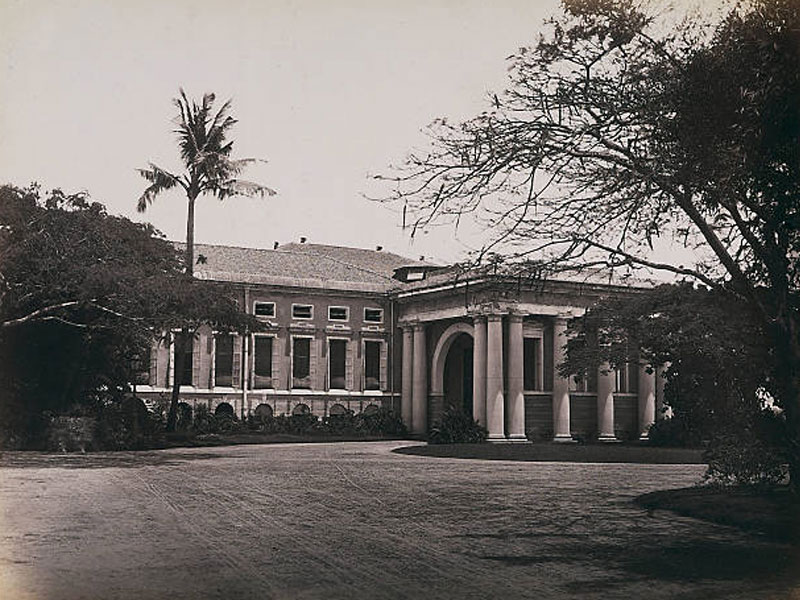
Byculla Club (© Getty Images)
The famed Byculla Club, which was opened in 1833, was the first of Bombay’s residential clubs. The minds behind the club also went on to completing a new church in the same year, which immediately became the go-to church for the British, overshadowing St. Thomas’ which was in the Fort area. Also extremely popular amongst the well-heeled population, was the race course. Such was its status, that the Bombay Turf Club was established in 1802. Shortly thereafter it was renamed to Western India Turf Club. Right after the mid-19th century, Byculla had completely evolved into a prosperous and elegant suburb, with grand British and Parsi houses.
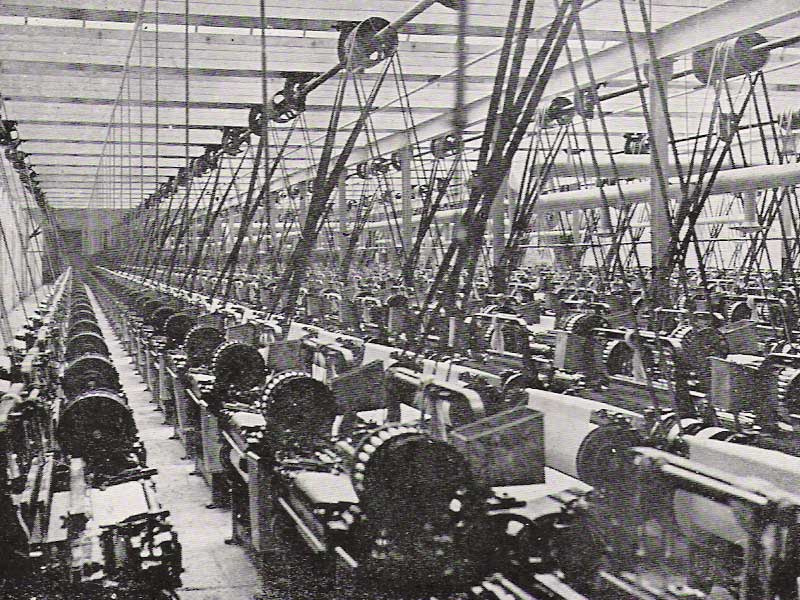
The following years saw crowd and congestion drive a number of workers towards areas like Byculla, Mahalakshmi and Parel. This is also when a number of large textile mills popped up in this part of town. Localities which were once home to the cream of the society started becoming a promising land for mill workers, fruit/vegetable sellers, and carriage and furniture makers. Naturally, a lot of the influential population started shifting base to South Bombay. Byculla’s charm began to decline. The turf club was moved to Mahalakshmi, and the Byculla club – while it doddered along – had become second fiddle to the Yacht Club at Apollo Bunder.
Towards the end of the 19th century, Byculla was witness to tumultuous years. In September 1896 the first case of Bubonic plague was detected. When it spread to Byculla, and areas around it, the blue-collared class was the worst hit. They lived in such close proximity, that it became difficult to curb the plague from spreading. This prompted all the elite to find new homes, and Byculla saw a mass exodus of the British and rich Parsis moving towards places like Malabar Hill, etc.
In the past couple of decades, Byculla has seen communal unrest, rise and fall of the underworld, mills going defunct, and has waited for its turn to develop like neighbouring Lower Parel, Mahalakshmi, etc.
Today, Byculla is an upper-middle class enclave with people from a number of different communities. There are Jains, Muslims, Gujaratis, Maharashtrians, Christians, etc. Majority of the mill lands have been sold, mills have been razed, to make way for large residential and commercial development. But even today, Byculla’s charming air of genteel decay and elegance is undeniable. It stands testament to Mumbai city’s complex history, the present, and the impending future.



